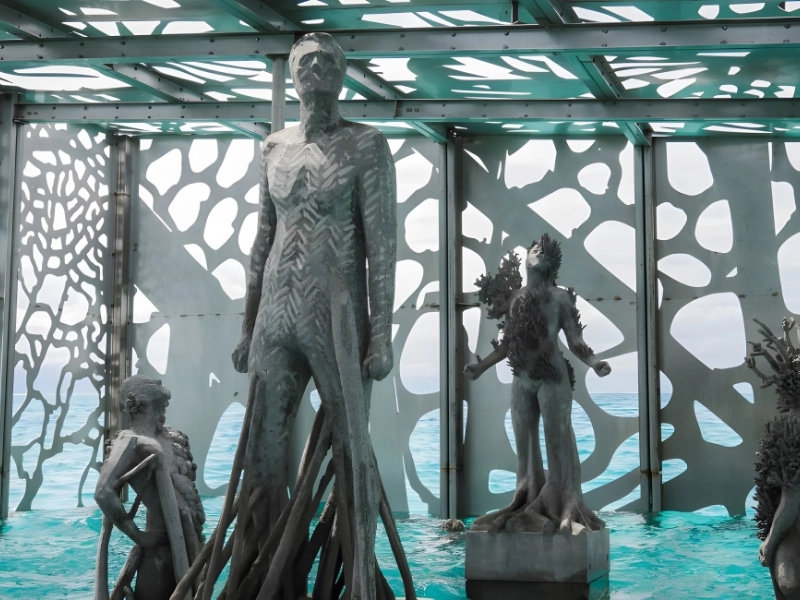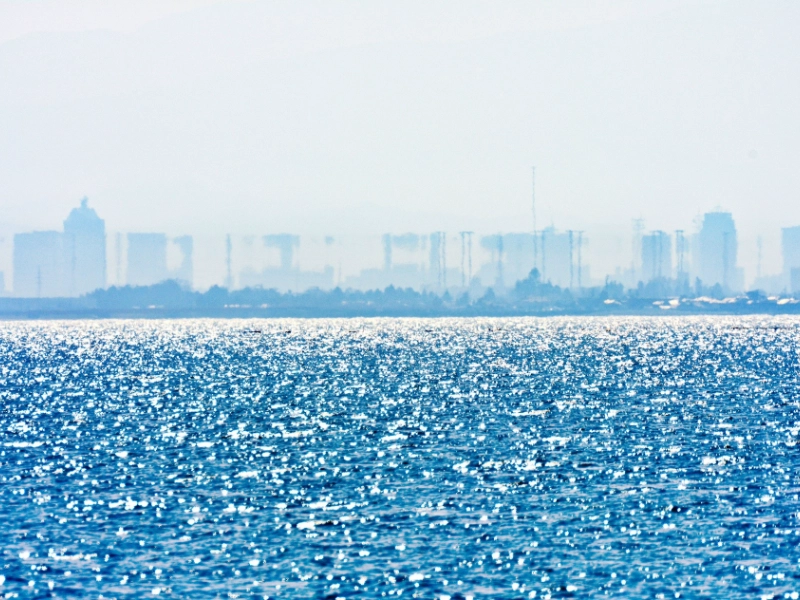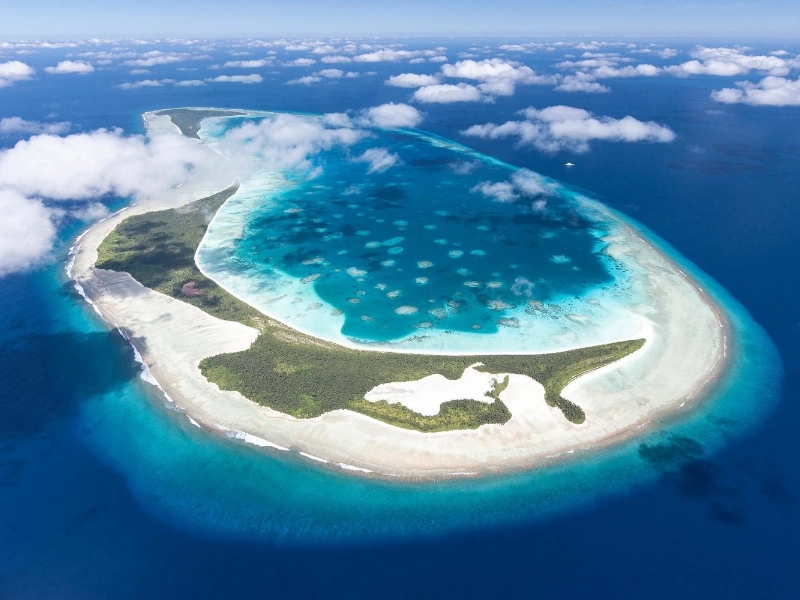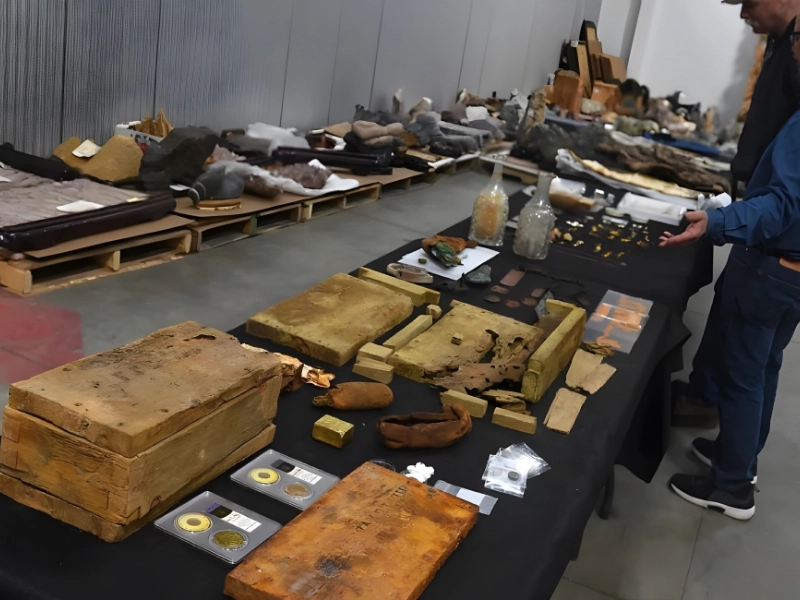Top 15 Most Incredible (& Profitable) Underwater Discoveries Ever Discovered
13. The Coraliarium
Estimated Current Value: $50 million
Year Lost: N/A
Year Found: 2018
The Coralarium, an extraordinary underwater artwork, transforms the seafloor into a mesmerizing spectacle. Designed and constructed by artist Jason de Caires Taylor, this $50 million installation is nestled in a secluded lagoon with stunning blue waters in the Maldives.
The Coralarium is not just an artistic endeavor; it serves a vital ecological purpose by promoting marine life and coral growth. This innovative fusion of art and environmental conservation invites visitors to explore the beauty of underwater ecosystems while raising awareness about the importance of preserving our oceans.
In conclusion, the Coralarium stands as a testament to the potential of art to inspire and educate. By blending creativity with ecological responsibility, Jason de Caires Taylor has created a unique experience that captivates both the imagination and the heart, reminding us of the beauty and fragility of marine environments.

The Coralarium on Pinterest
Beneath the waves of the Indian Ocean, the Coralarium showcases strange hybrid coral structures and sculptures representing a diverse array of people. The primary aim of the Coralarium is to offer marine life a new habitat that mimics the surrounding coral reef, fostering biodiversity and encouraging ecological growth.
However, in a surprising turn of events, the Maldives government ordered the destruction of the Coralarium in 2018, just months after artist Jason de Caires Taylor began his ambitious project. Authorities deemed it a potential threat to “the peace and interests” of the Maldives, raising questions about the balance between artistic expression and environmental policy.
In conclusion, the story of the Coralarium highlights the complexities involved in marine art installations and their impact on local ecosystems and communities. While the project aimed to enhance marine life and promote awareness, its abrupt end serves as a reminder of the challenges faced by innovative environmental art in navigating regulatory landscapes.








